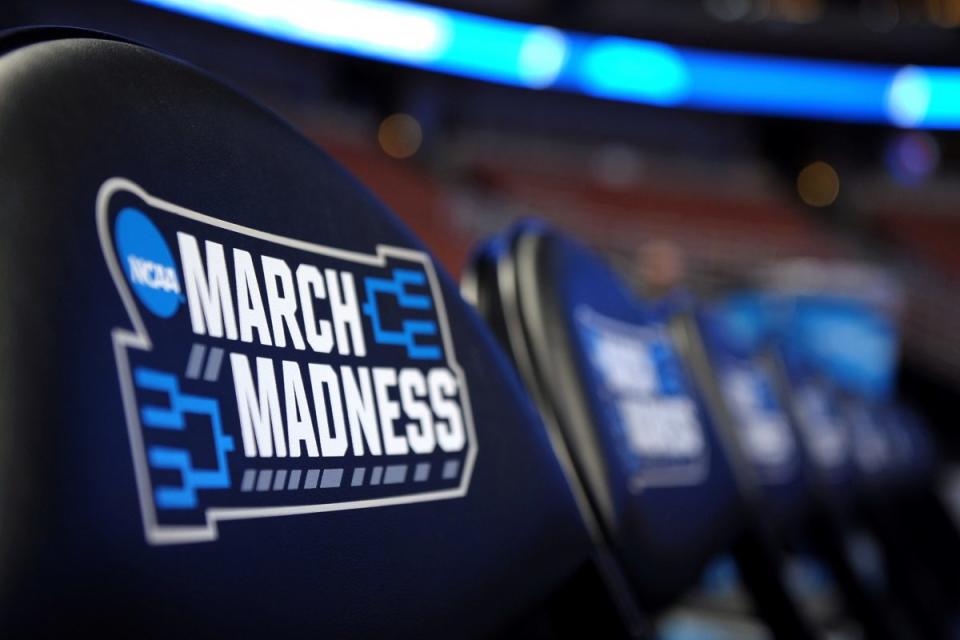At last, the NCAA selection committee is embracing advanced metrics

No longer does the NCAA tournament selection committee rely exclusively on the flawed, primitive RPI as a way of comparing teams and schedules.
The committee wisely has begun to embrace the use of other more advanced metrics when selecting and seeding the field of 68.
The latest step in that process arrived Friday when the NCAA announced it has invited the minds behind some of college basketball’s best metrics to meet with committee members next Friday in Indianapolis. Ken Pomeroy (KenPom), Kevin Pauga (KPI), Jeff Sagarin (Sagarin Index) and Ben Alamar (BPI) are all scheduled to attend a gathering designed to speed the inclusion of more metrics in the selection process.
The meeting of the math gurus comes in response to the National Association of Basketball Coaches requesting the use of a more varied group of metrics during the selection process. One of the goals for the meeting is to create some sort of composite metric that could be part of the selection process as soon as 2018.
Including other metrics besides RPI is a long overdue step in the right direction. The 36-year-old RPI has existed longer than compact discs or caffeine-free soda, and it shows in the overly simplistic way the rankings are calculated.
• Winning percentage is 25 percent with road wins and home losses weighted more than home wins and road losses.
• Opponents’ winning percentage is 50 percent.
• Opponents’ opponents’ winning percentage is 25 percent.
One of the biggest problems with the metric is that three-quarters of a team’s RPI score is determined by its strength of schedule, which makes who you play often more important than whether you win or lose. Playing in a bad conference doesn’t make you a bad team anymore than losing to a bunch of Top 25 teams makes you a good one.
The RPI also doesn’t take into account margin of victory or defeat. A one-point win over a quality opponent is weighted exactly the same as a 30-point win over a quality opponent even though the context clearly is relevant.
For example, Wichita State was No. 86 in the RPI last season entering the NCAA tournament even though it dominated the Valley with astonishing ease. All the RPI recognized was the Shockers’ 16-2 league record, not that 13 of those victories came by 20 or more points. Wichita State went on to sneak into the NCAA tournament via the First Four and dominate Vanderbilt and Arizona before running out of gas against Miami playing its third game in five days.
Had last year’s selection committee relied more on margin-of-victory-based metrics, the Shockers would have been much higher in the bracket. Wichita State was 12th in KenPom at the end of the season and in the top 30 in other advanced metrics.
The only thing the selection committee has to be careful with when using advanced metrics is making sure that the results still matter.
It’s OK to weigh a 25-point win more than a one-point win. It’s not OK to weigh a one-point win similarly to a one-point loss. Nothing but close losses against quality opponents still shouldn’t constitute an NCAA tournament-caliber résumé.
As long as members of the selection committee use margin-of-victory-based metrics as one tool on their belt when comparing teams rather than their only tool, they shouldn’t swing the pendulum too far in the other direction.
No longer will the RPI be as pervasive in the selection process as it has been for decades. The committee is finally wising up and embracing the newer metrics available to them.
– – – – – – –
Jeff Eisenberg is the editor of The Dagger on Yahoo Sports. Have a tip? Email him at daggerblog@yahoo.com or follow him on Twitter!



